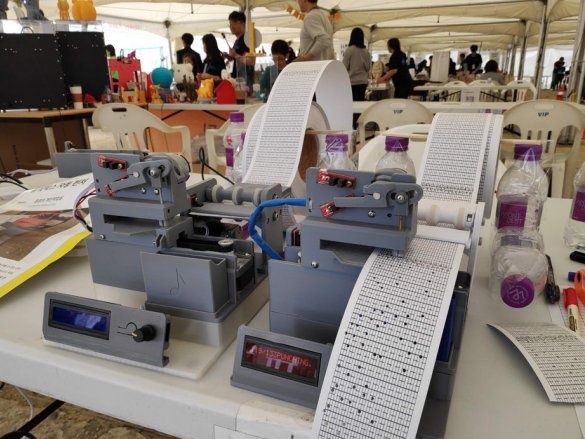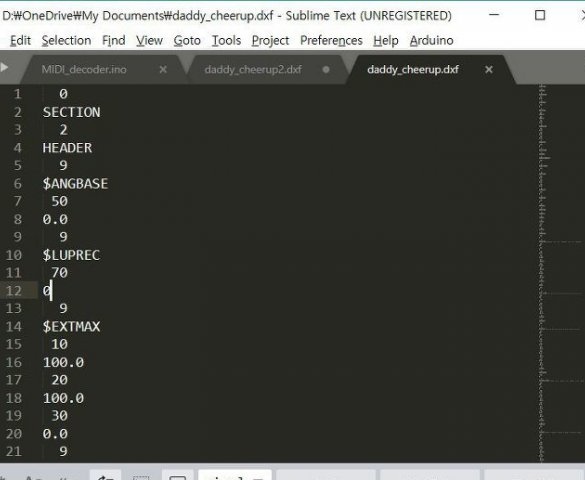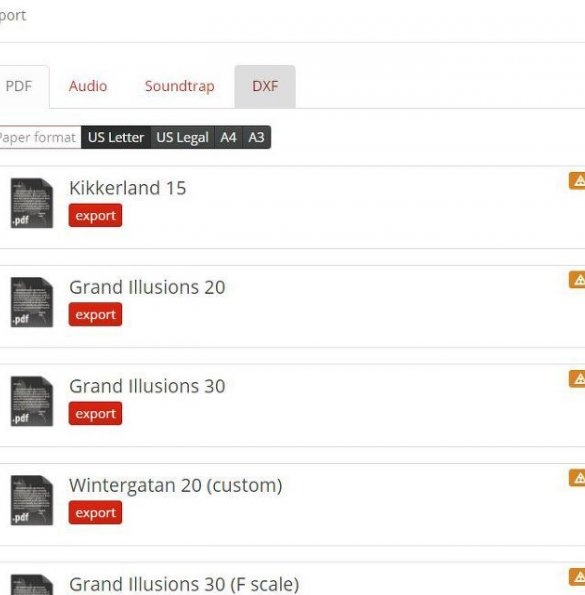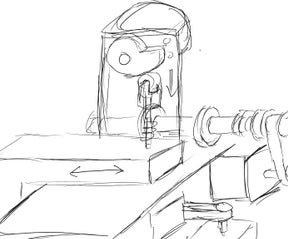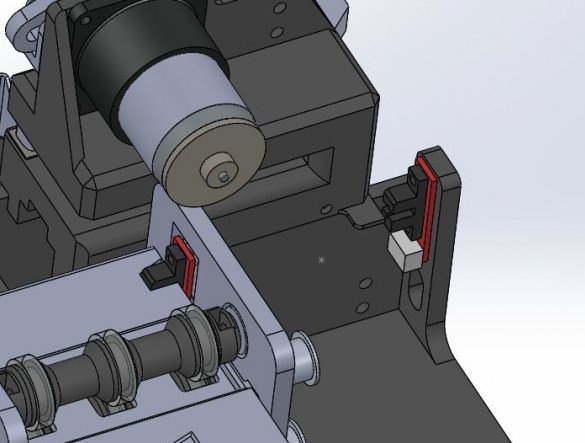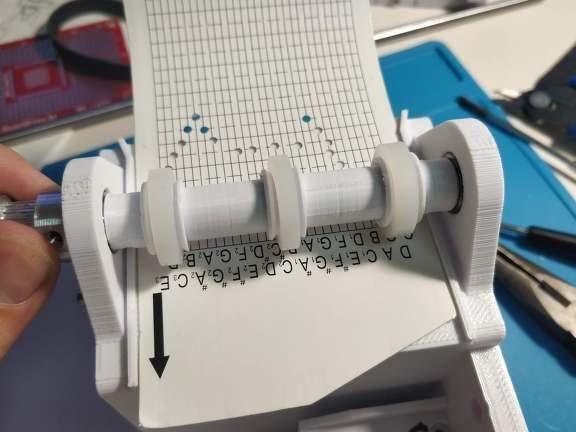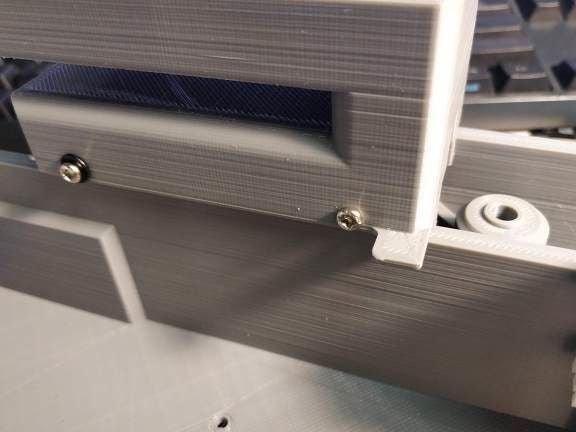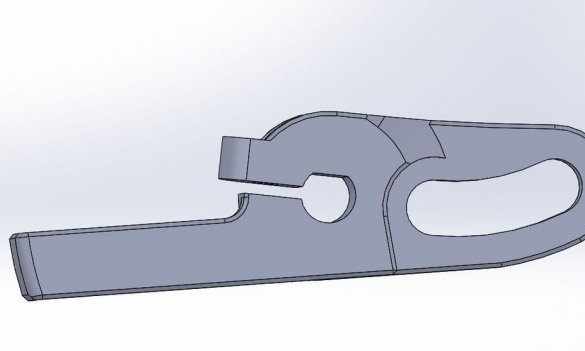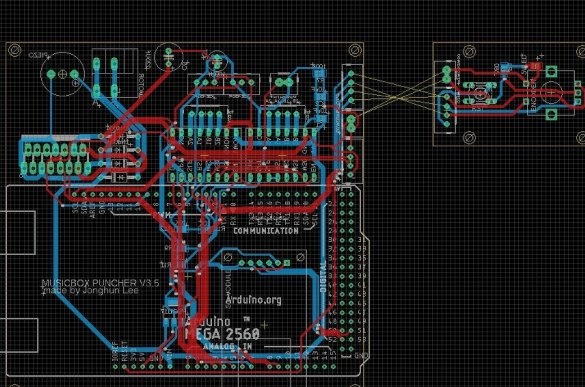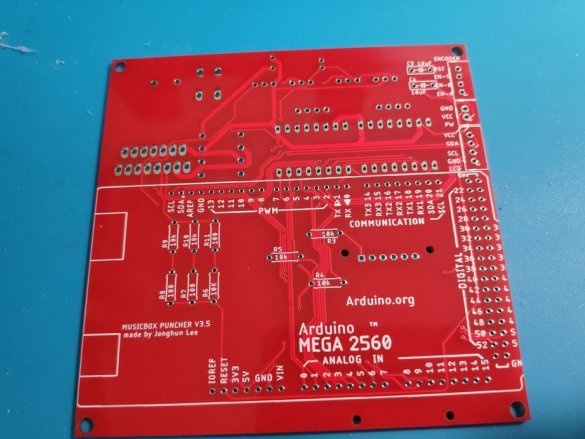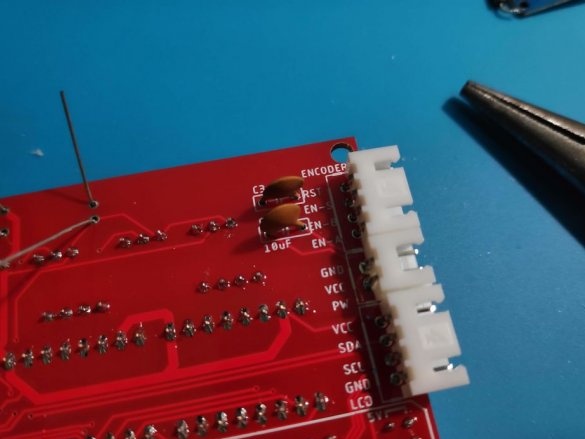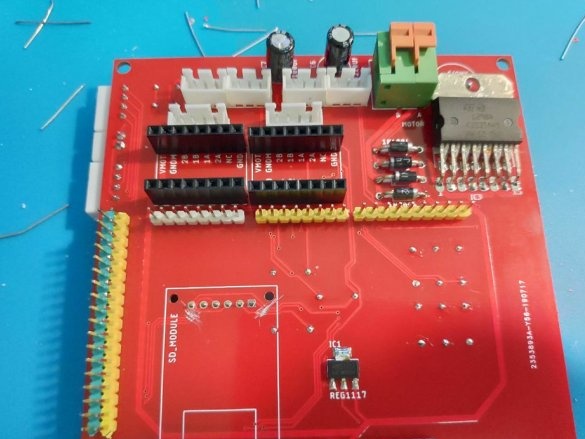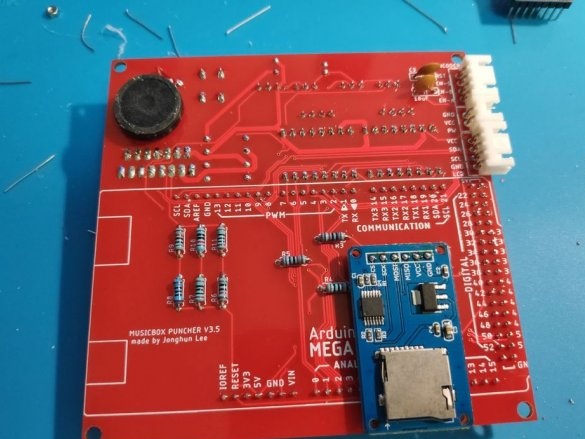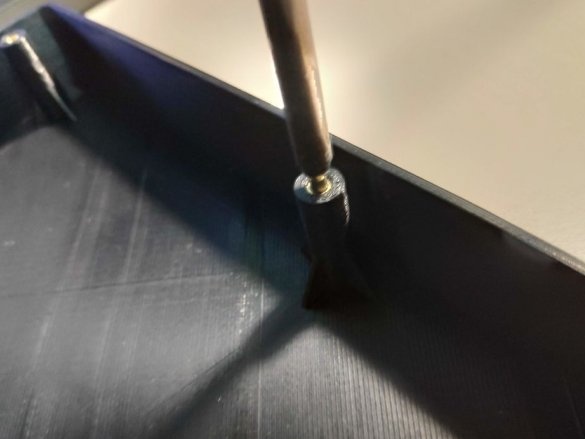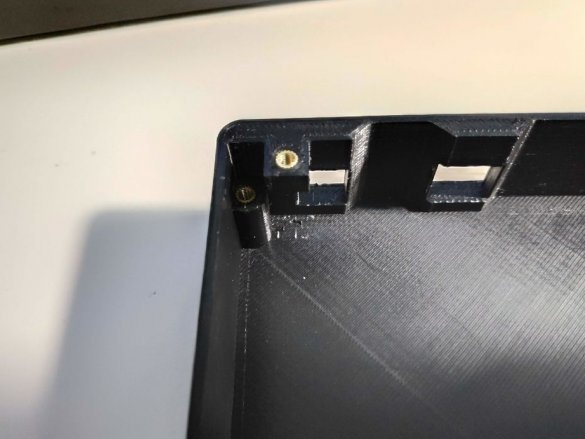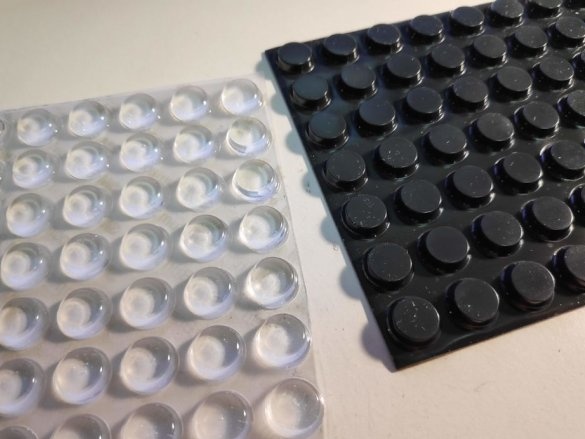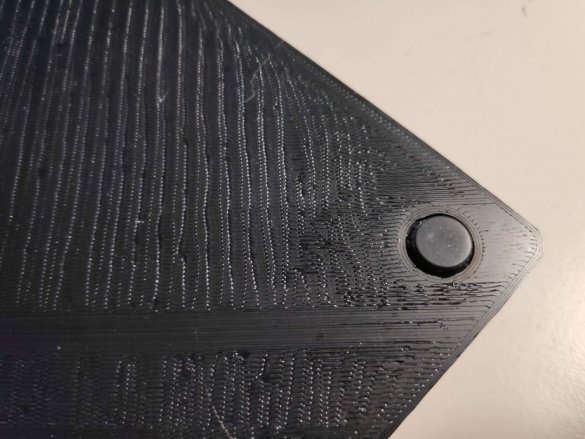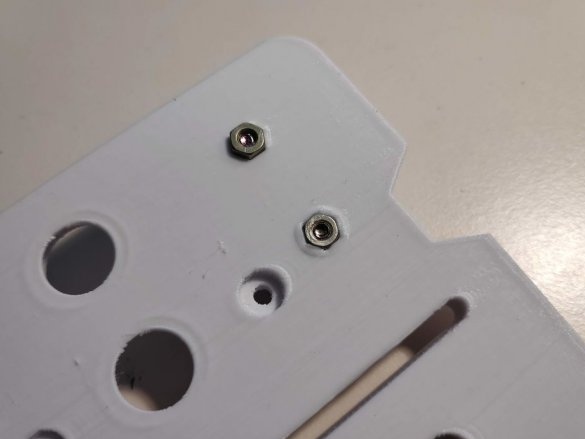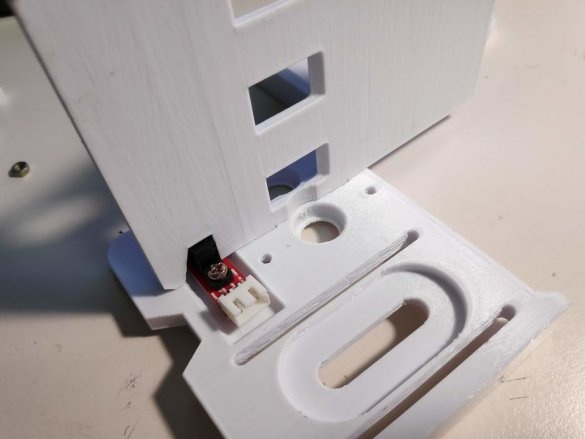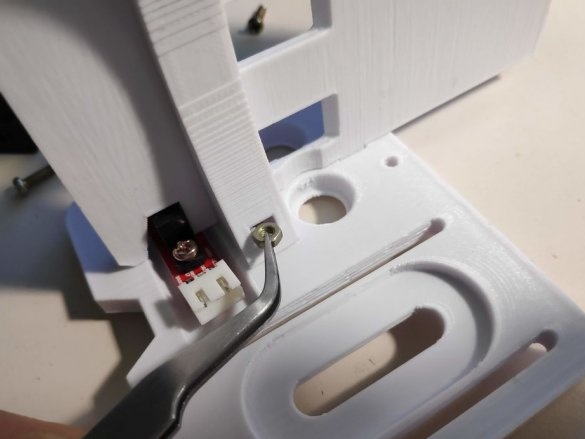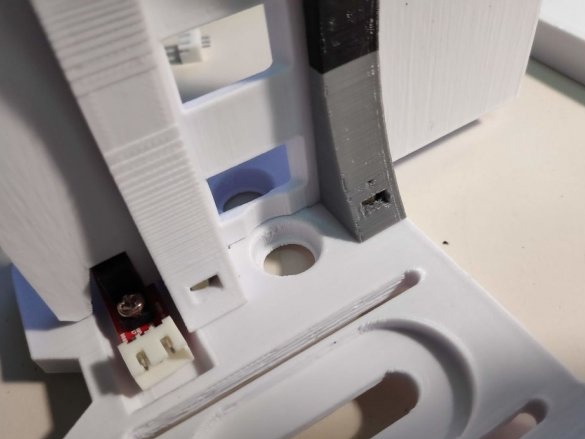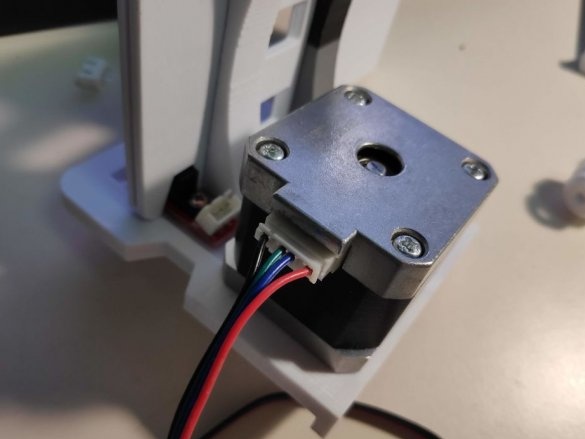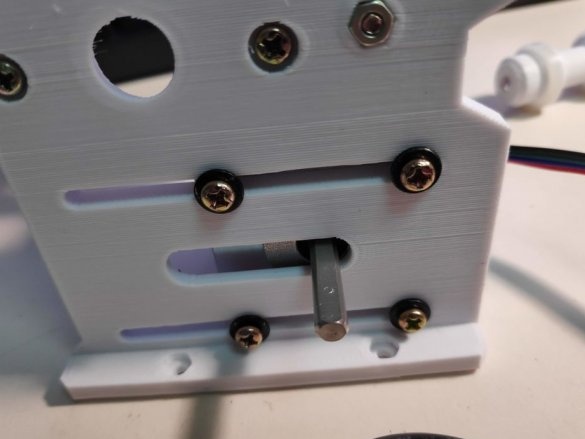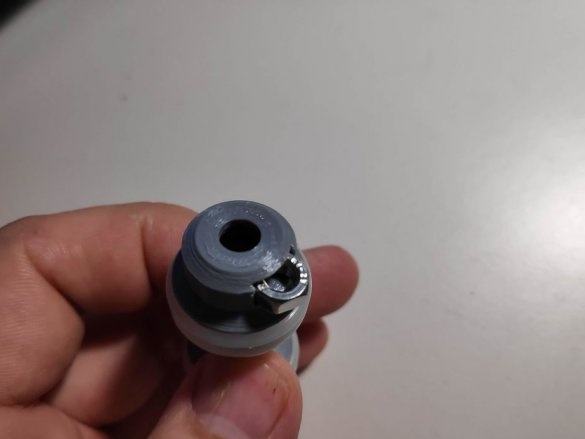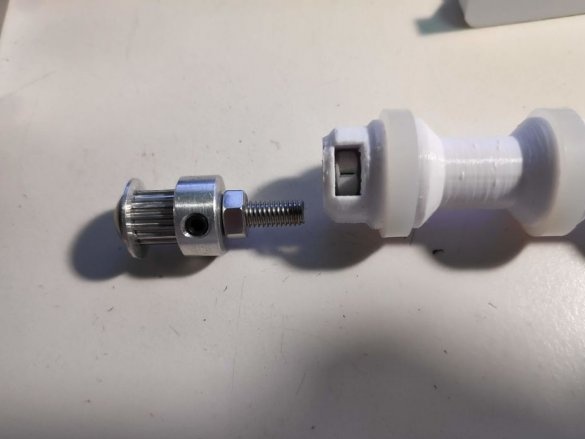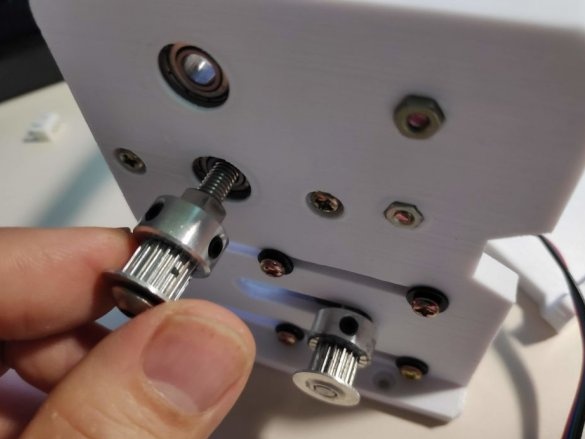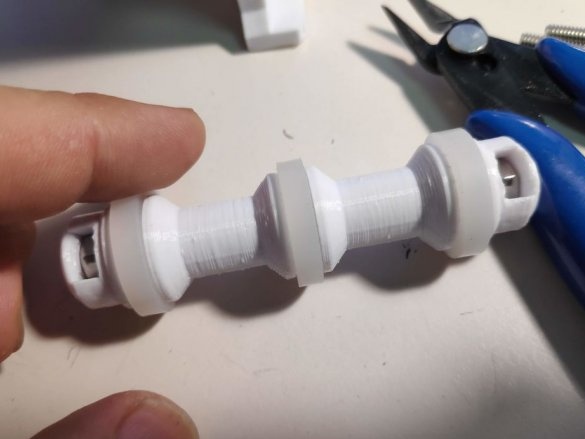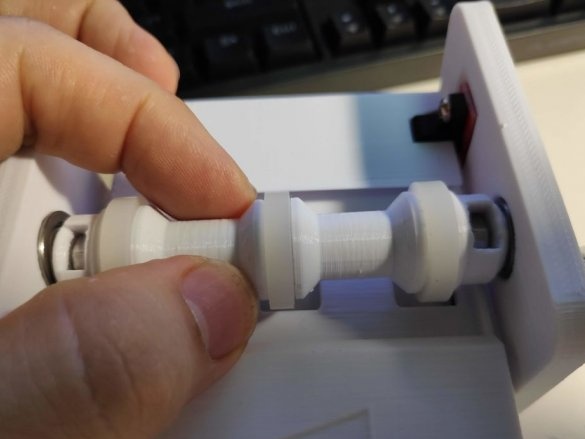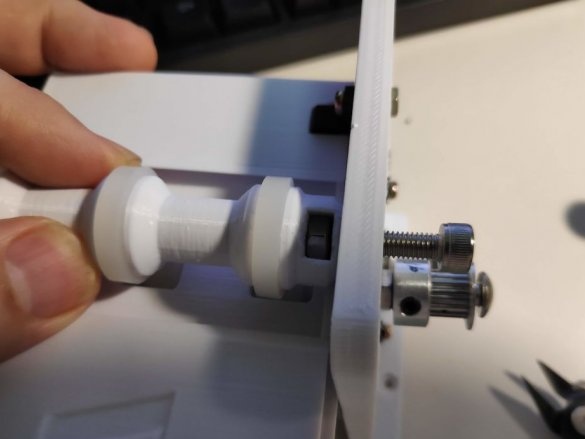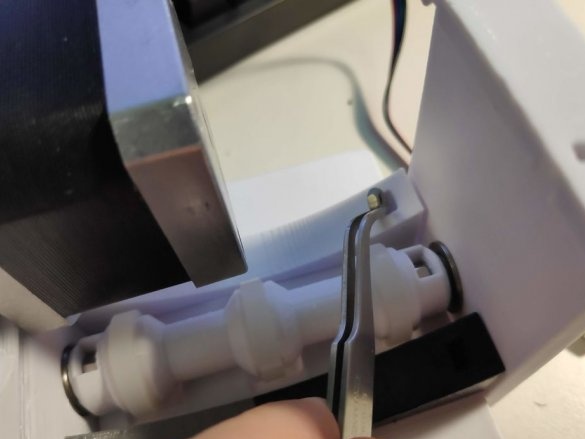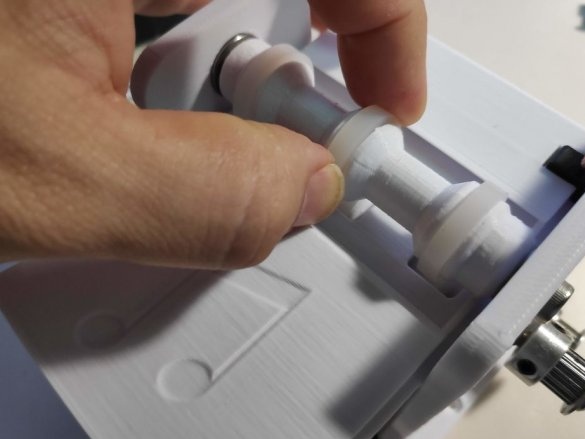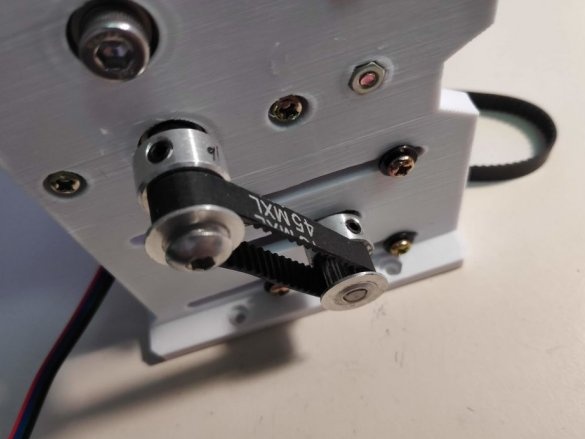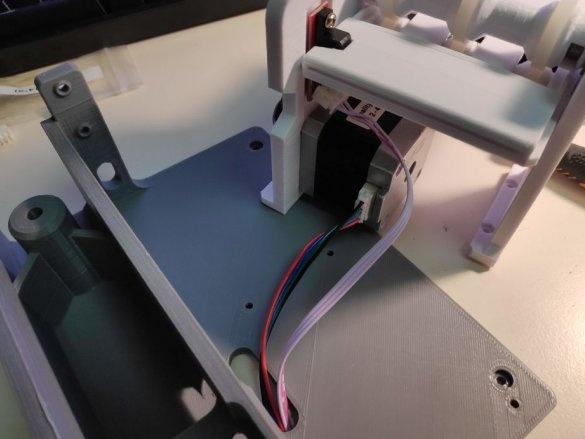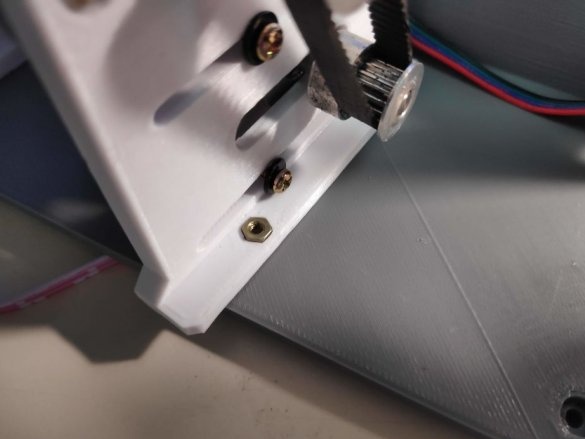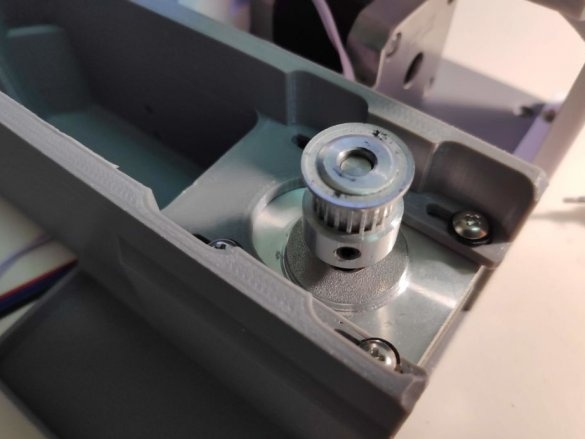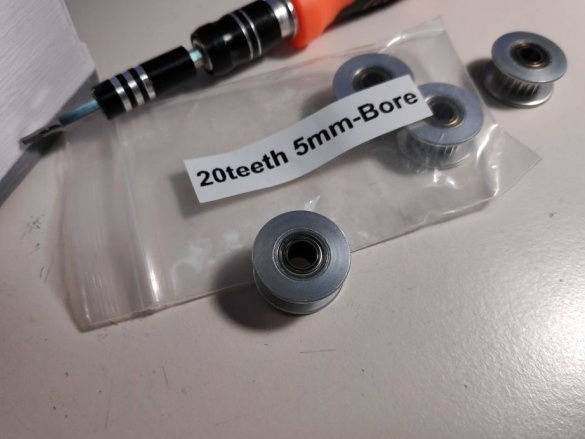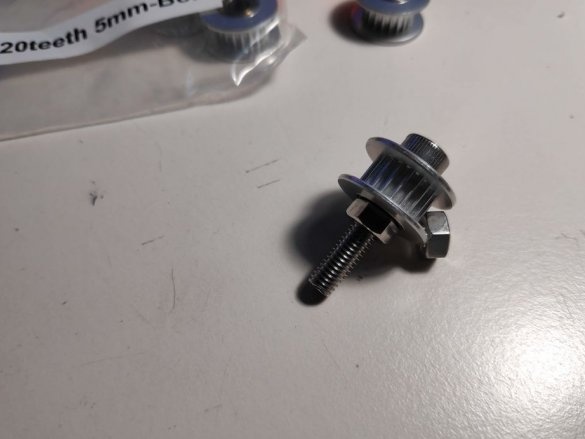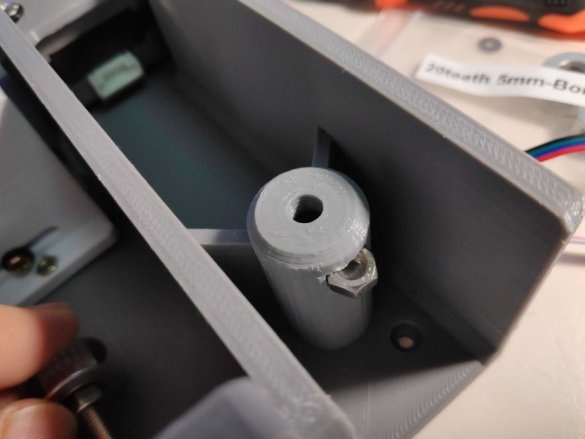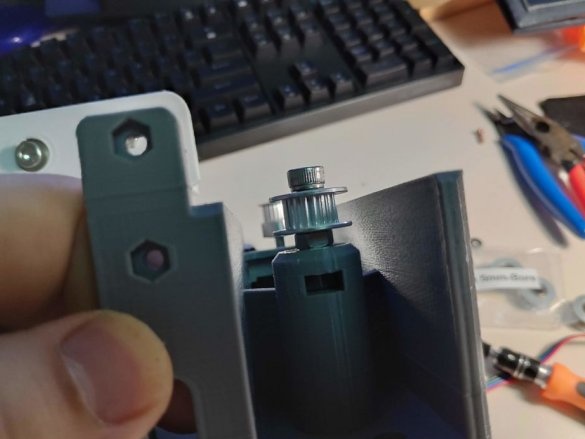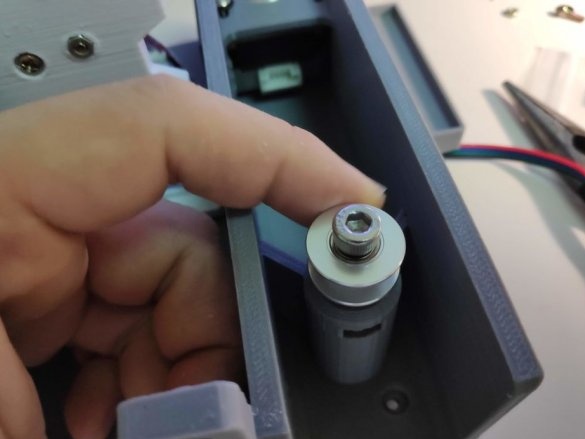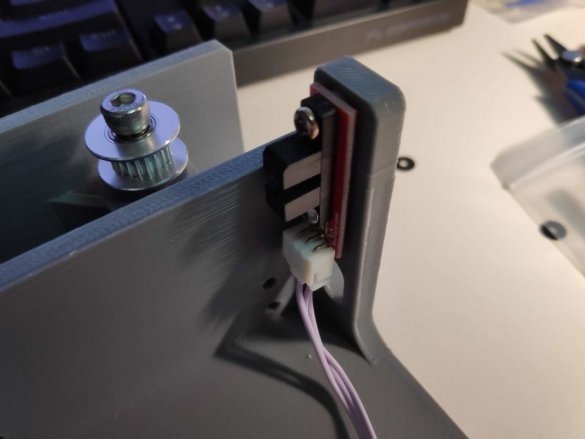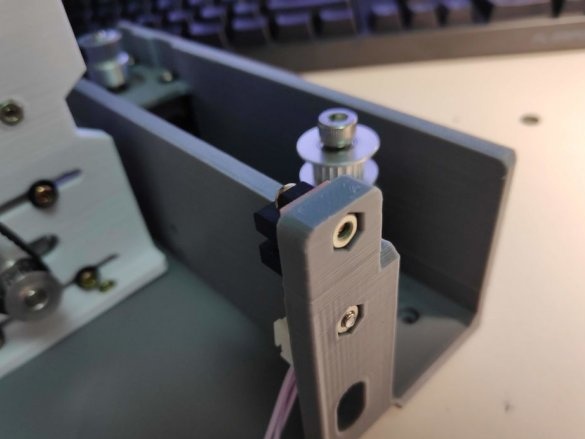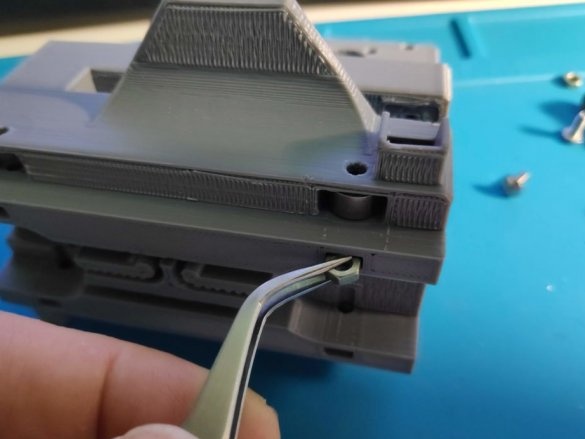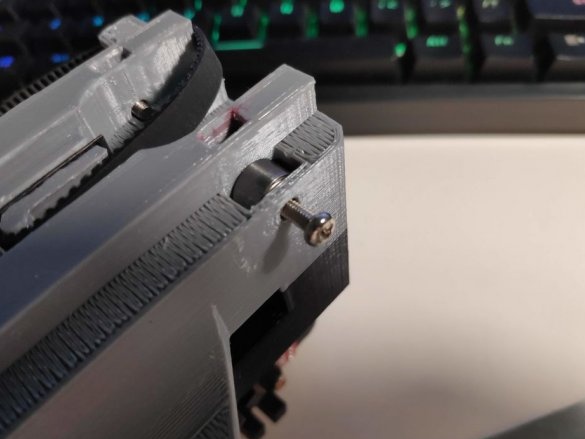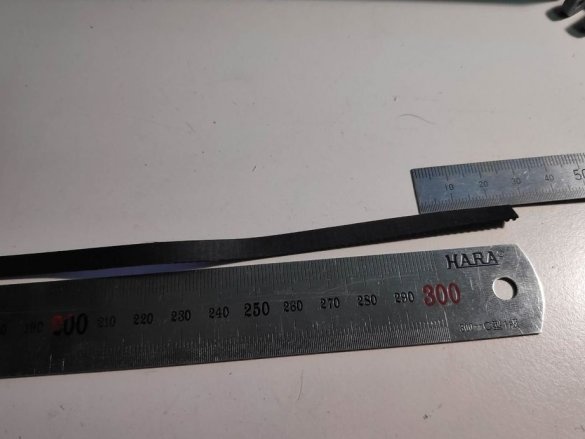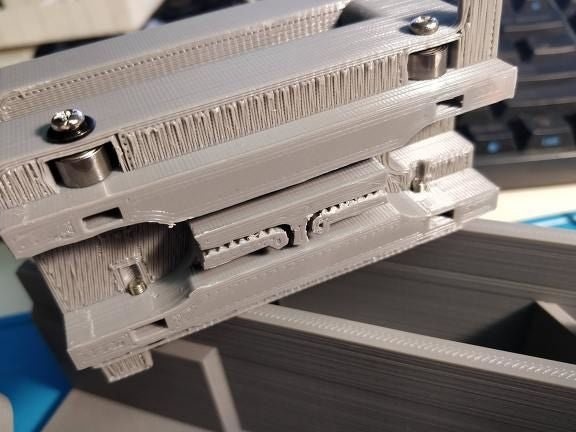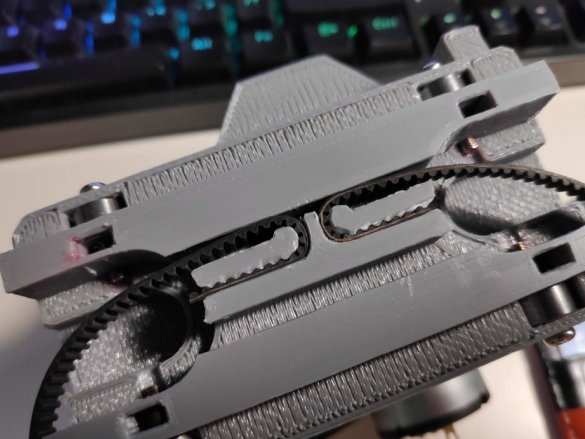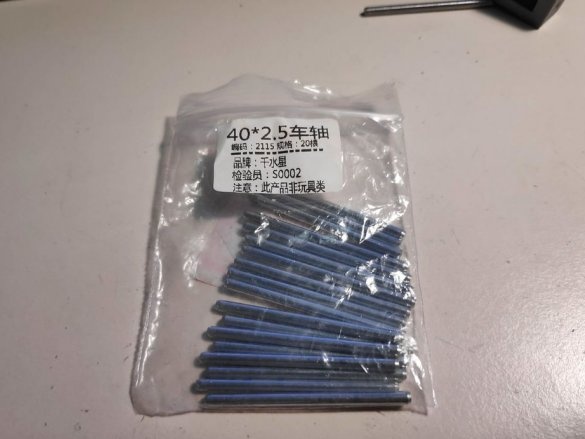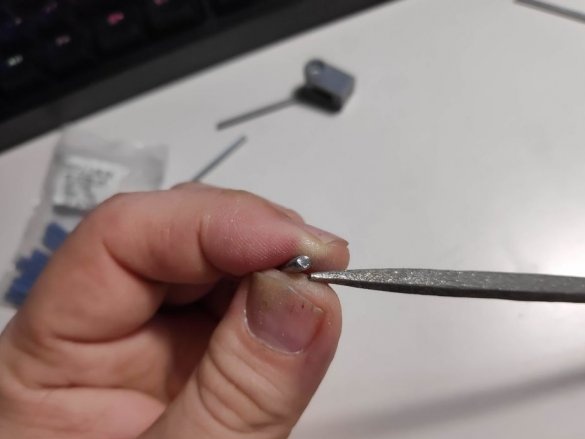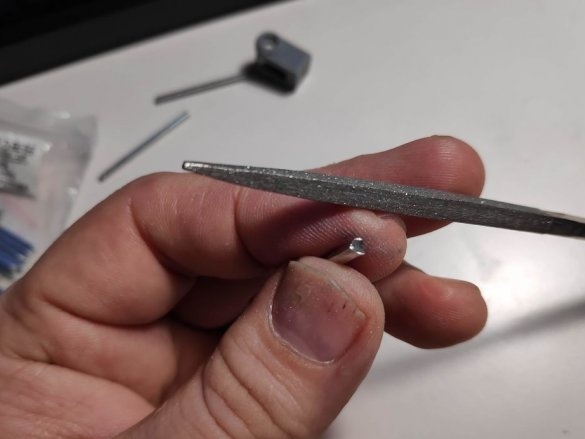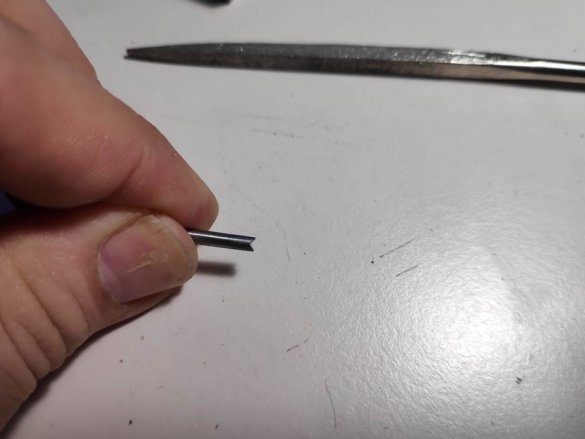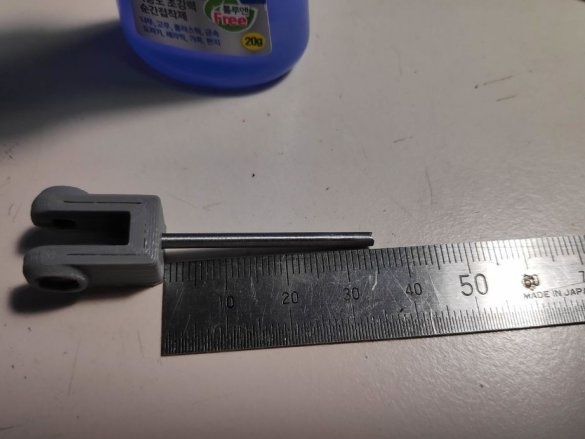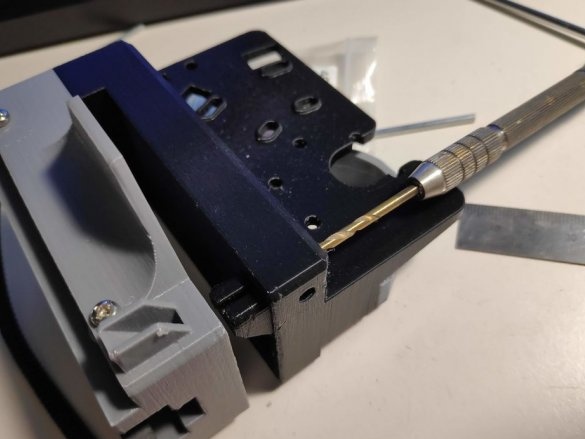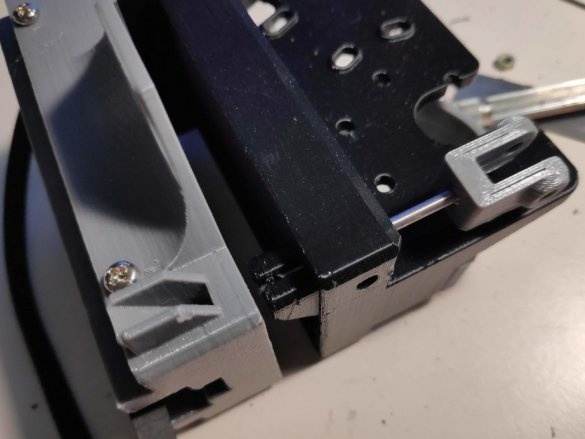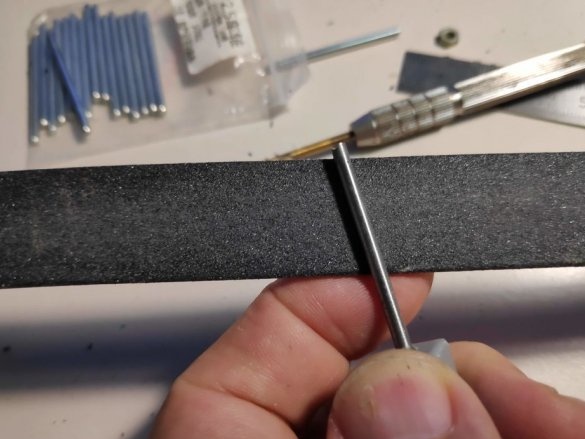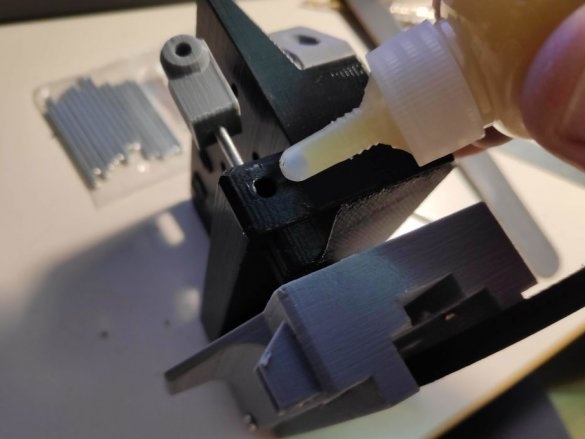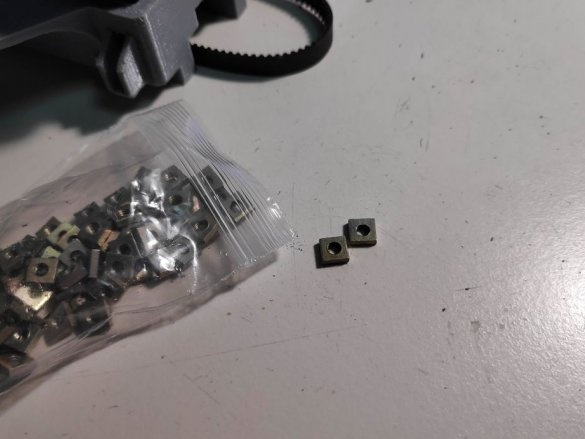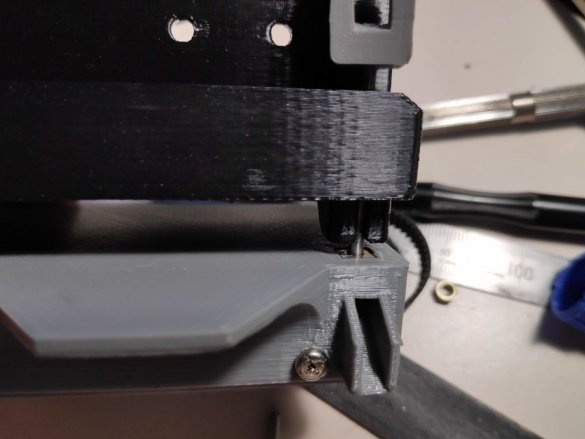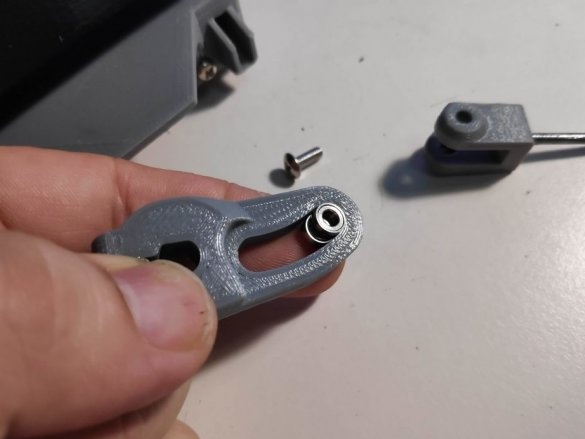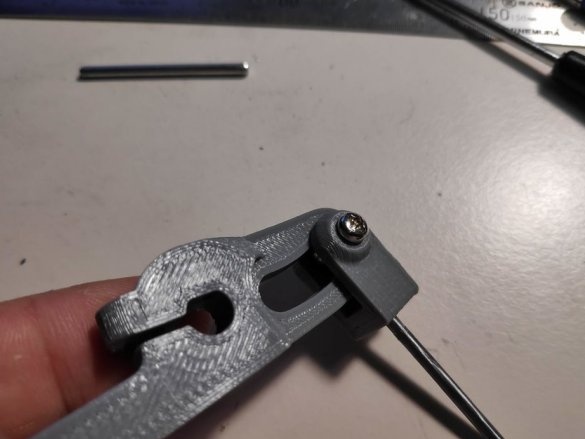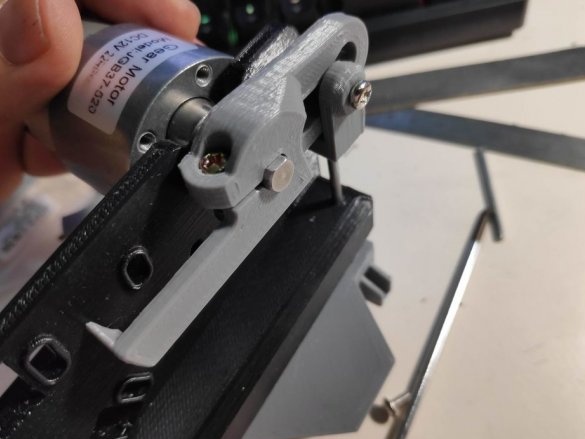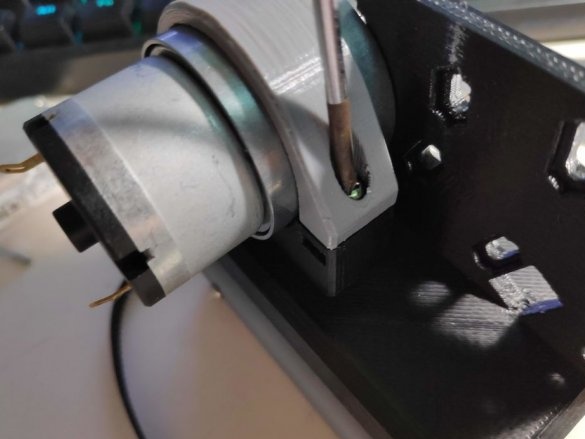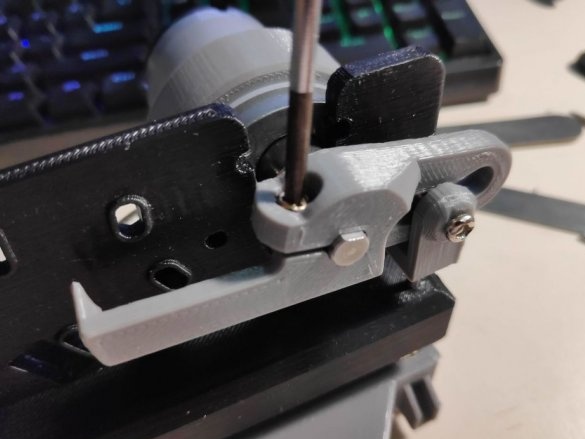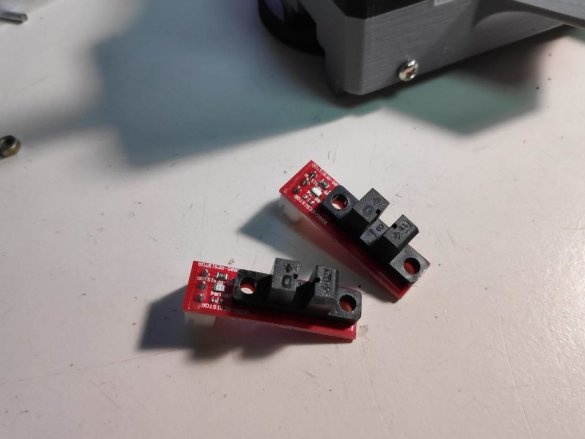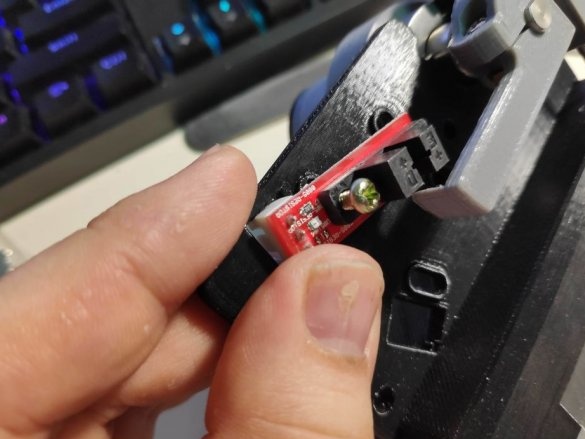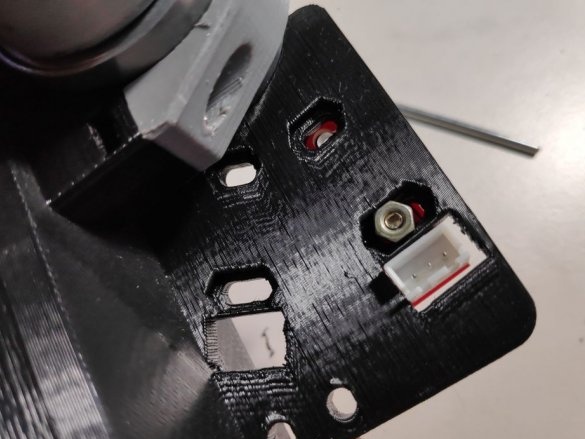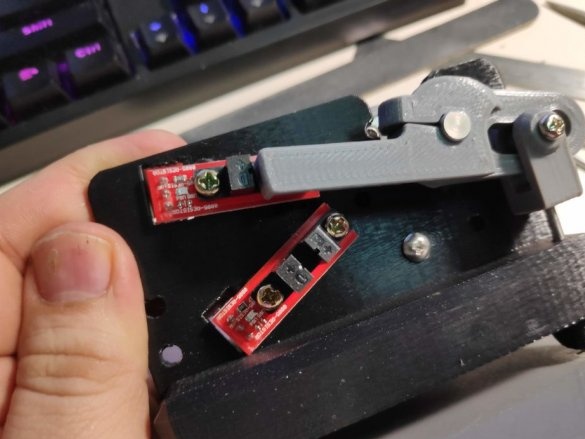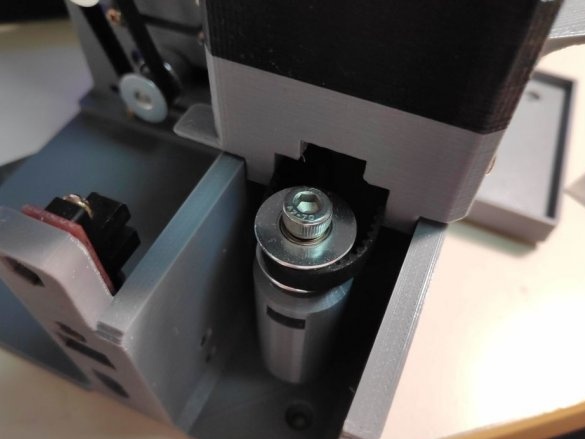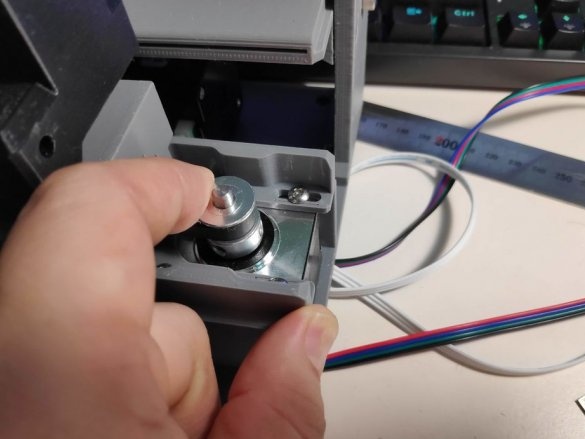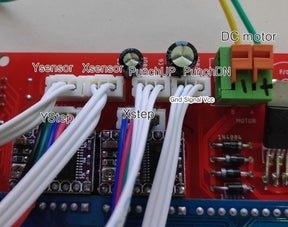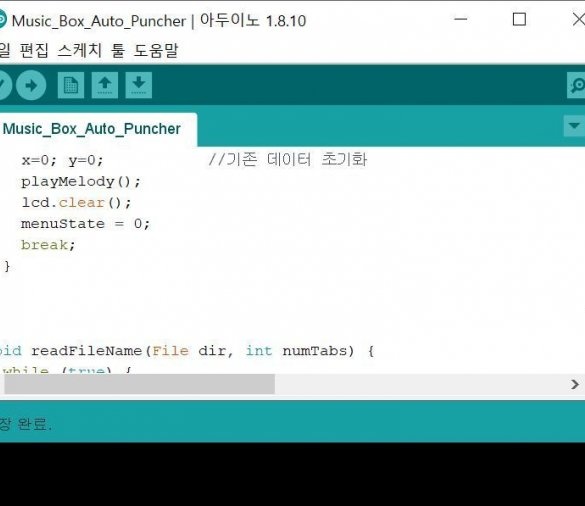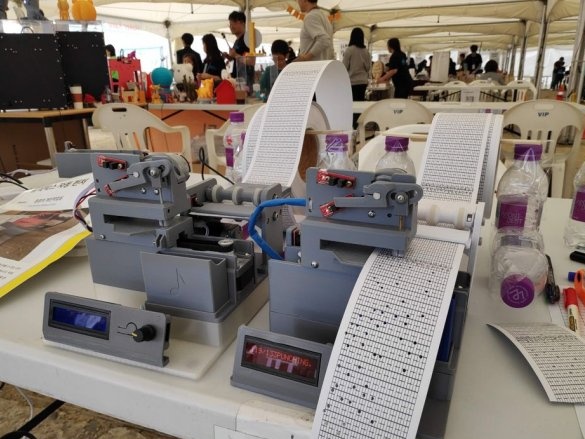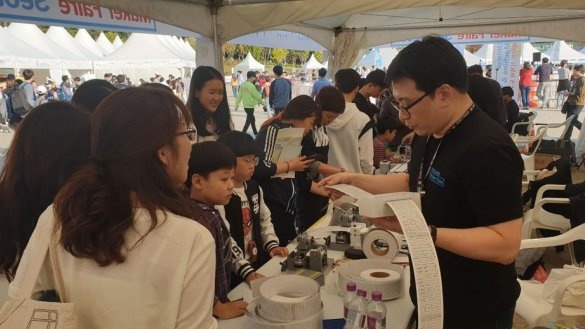There was a time when not only a power tool was called a puncher, but also a device for recording information on punched tapes (not steel galvanized, but paper - such a storage medium) or punched cards. And music boxes working on punched tapes are produced today (along with knitting machines using punched cards). The author of Instructables under the nickname pashiran developed and manufactured a punch for the tapes of such boxes.
The boxes themselves look like below, they are designed for stuffing tapes manually.
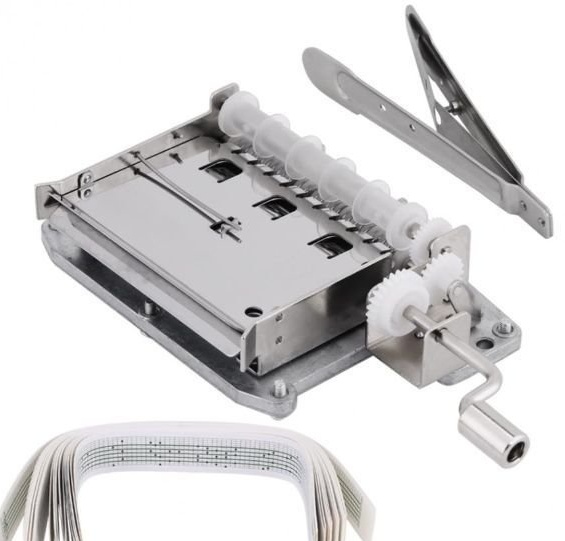
It was rather difficult for the master to understand the structure of the MIDI format, but it turned out that on this site There are ready-made templates in DXF format. You print, put on punched tapes, stuff and listen. Only the points in these files are not arranged in order (when printing, it’s all the same), so you need to sort them by the bubble method (it takes place at computer science lessons at school) by the X coordinate, and then they line up in the order in which they should be played . But this is easier than parsing a MIDI file.
To make sure that this method will give a result, the master made a simple design that plays a melody from the Mario game using points drawn from a DXF file. And she earned.
Program written for this intermediate homemade, much of the necessary can already be done, you just need to add to it the functions of controlling the electric motors that drive the actuators. Those, in turn, will stretch the tape in one coordinate, move the head over another and punch holes. But all this needs to be placed somewhere together with the tape presence sensor, and the details of mechanisms from the air will also not be taken. Therefore, the wizard develops 3D models, exports them to the STL format, and uploads them under the CC-BY-NC 3.0 license here. Here, NC means that it is not possible to make such punchers or print sets of parts for their manufacture for sale.
When printing a part from the Linkage_Press_V6-1.stl file, the wizard increases the number of external perimeters up to 10, and the filling up to 80. It’s longer, more expensive, but such a part is the same in the structure, and it requires great strength.Details from the files Paper_Roller_Support_C-1.stl and Paper_Roller-1 Paper_Roller_Pillar_V2-1.stl the wizard prints two pieces each.
IN Arduino Nano does not have enough memory to store the program and data. Therefore, the master applies Mega. But there are placed no more than 700 notes. True, the punched tape is quite short, its capacity is also limited, so it will do. There can be any number of files on the SD card, the restriction is only imposed on the number of notes in each of them. Having decided on which Arduino to use, the master designs the printed circuit boards, puts out: board drawing, scheme and two archives with Gerber'ami: first and secondorders and collects fees. Both options are shown below, both on Nano, and on Mega.

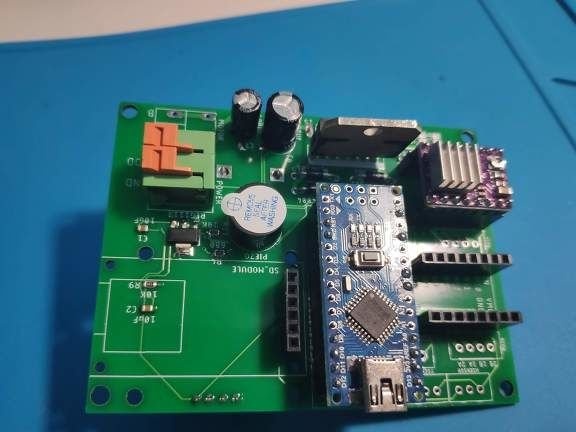
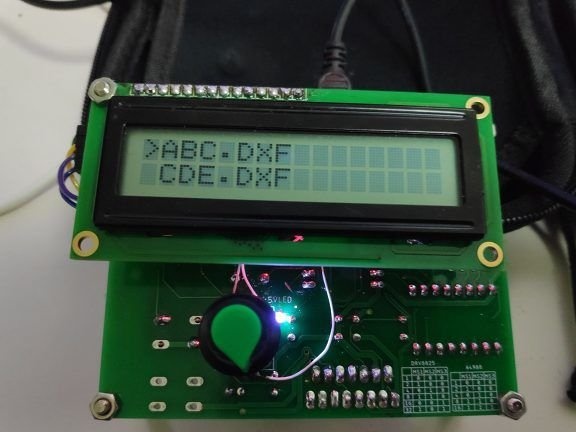
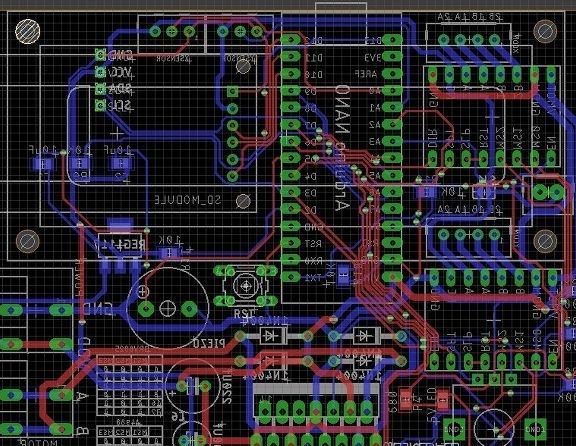
In a base printed on a 3D printer, the master fuses metal racks with internal thread with a soldering iron:
It acquires legs with an adhesive layer, cuts out the required number of them from a sheet and glues it from the back of the base:
It begins to assemble the mechanism for moving the belt: installs a sensor for its presence, fasteners, stepper motor, roller, pulleys, timing belt ...
Then it takes on the mechanism for moving the head, and there it is about the same: a stepper motor, pulleys and a timing belt.
Then it is taken for the head itself, punching holes in the punched tape, here the engine is already collector.
Well, electronics ready, mechanics too, the master connects them to each other with cables:
It remains to add software, the wizard develops it, and then uploads the result here. The unknown extension must be changed to ino, in lines 49, 53, 54, adjust, respectively, the direction of movement in coordinates, the starting point, the number of steps to move by 1 mm.
A small photo report from the Maker Faire 2019 exhibition in Seoul, to which the master brought as many as two such punchers:
Video about the device:

